A slightly edited version of this article was publish by Geographical Magazine on 26 Oct 2016. It was a bit of a hit and its nice to know that so many people are interested to read about birdwatching.
The face of British bird watching is undergoing a transformation: in the last decade telescope carrying birders have been joined by growing numbers of long-lens bird photographers. A new era of British birdwatching may be upon us.
Birding is a mode of bird watching characterized by a focus on bird-finding, identification and listing. It emerged half-a-century ago facilitated by affordable high quality binoculars and a better road network, and became established with the appearance of high-quality field telescopes and the rise of rare bird information services in the 1980s.
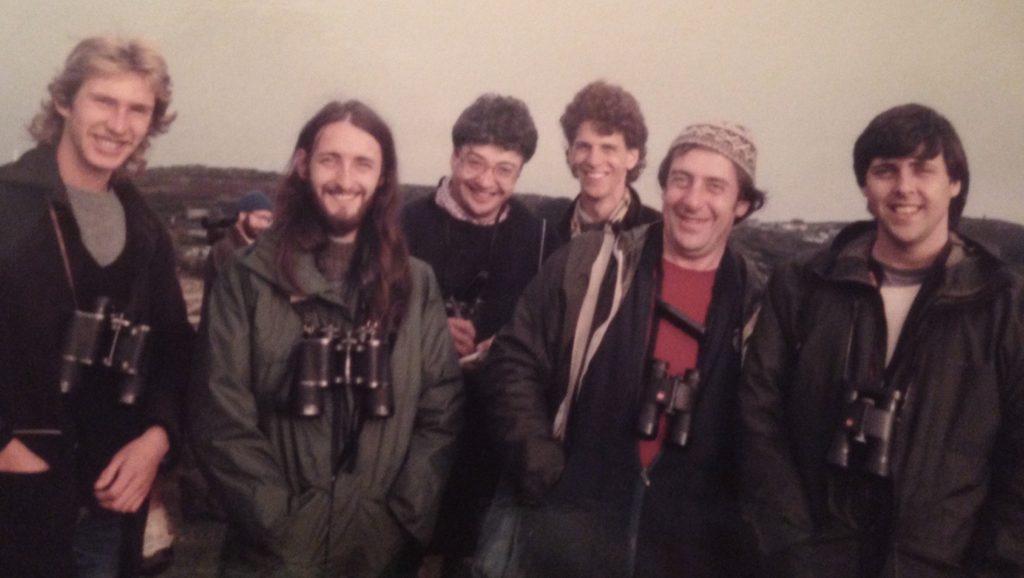
Scillies: early 80s
I was a student during birding’s heyday in the 1980s: one of many who collected their grant checks, hitched to the Isles of Scilly, chased rarities, and were back in class before anyone noticed. Birding was youthful and adventurous: birders created the bird tour industry, provided much of the data upon which international bird conservation is founded and introduced the term ‘twitcher’ into popular culture.
So what of bird photography? Is it an extension of birding or a new and distinct mode of bird watching that may shape the future?
In 2005 I published an article titled Natural History Remastered in the journal British Wildlife. In this, I argued that the digital photo can be prepared, shared and discussed in much the same way as the natural history specimen of old and, as a consequence, digital technologies are giving new expression to old cultural practices of engaging with nature.
With these thoughts in mind I have been engaging bird photographers in conversations about their practices and motivations. I quickly homed in on two questions that generated interesting insight, namely “what do you do with the photos you take?” and “were you a bird watcher or photographer first?”
A preliminary typology of British bird-photographers
Responses to these questions suggest that practices of bird-photography, and to an extent bird photographers, fall into seven general types.
The first is photo-identification. A digital photograph is a valuable identification aid especially when learning a new avifauna or developing competencies in difficult to identify groups such as juvenile gulls. Many birders now carry a ‘digiscope’ adaptor or bridge camera along with their binoculars and telescopes. For those skilled or lucky enough to find a rarity, even a poor photo is better than a field notebook sketch in terms of checking a identification or providing evidence of a sighting.
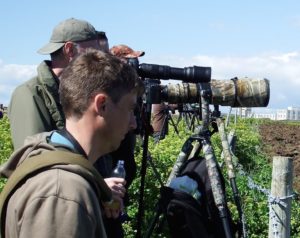
Photo: Paul Jepson
A second is photo-listing, which replicates the twitcher’s desire to see as many different species as possible in a particular place or in a given time. National and county life- and year-lists are the most popular. Some photo-listers are twitchers who have decided to start over again. One such ‘re-lister’ remarked that the appearance in the UK of a species he’d not already seen was now a rare occurrence and his memories of past rarities were fading. Photo-listing seemed less ephemeral. However, many photo-listers are new to bird-watching and have embraced the practice of listing because it give the pastime a focus and purpose.
The third bird photography practice is akin to butterfly collecting. In ‘tile’ view, file management programs such as Windows Explorer have the appearance of a specimen draw. I’ve met many bird-photographers who are working to complete quality collections of the different plumages and/or classic behaviours of groups of species. For the Victorian butterfly collector every field excursion held the prospect of accruing a new morph or a better quality specimen. The same is true for the photo-collector.
Amateur bird photography is my fifth type. Mike Gurral of Outdoor Magazine describes amateur photographers as ‘people striving to perfect the practice of picture-taking’. Many people with an interest in photography are getting into birds because it gets them out of doors, the equipment is available and there are masses of inspiring amateur bird photos on the web. This practice adopts the conventions of art and is all about composition, pose, lighting and so-forth. Any avian subject will do, although some bird species are more photogenic than others – swans, barn owls, and robins for instance.
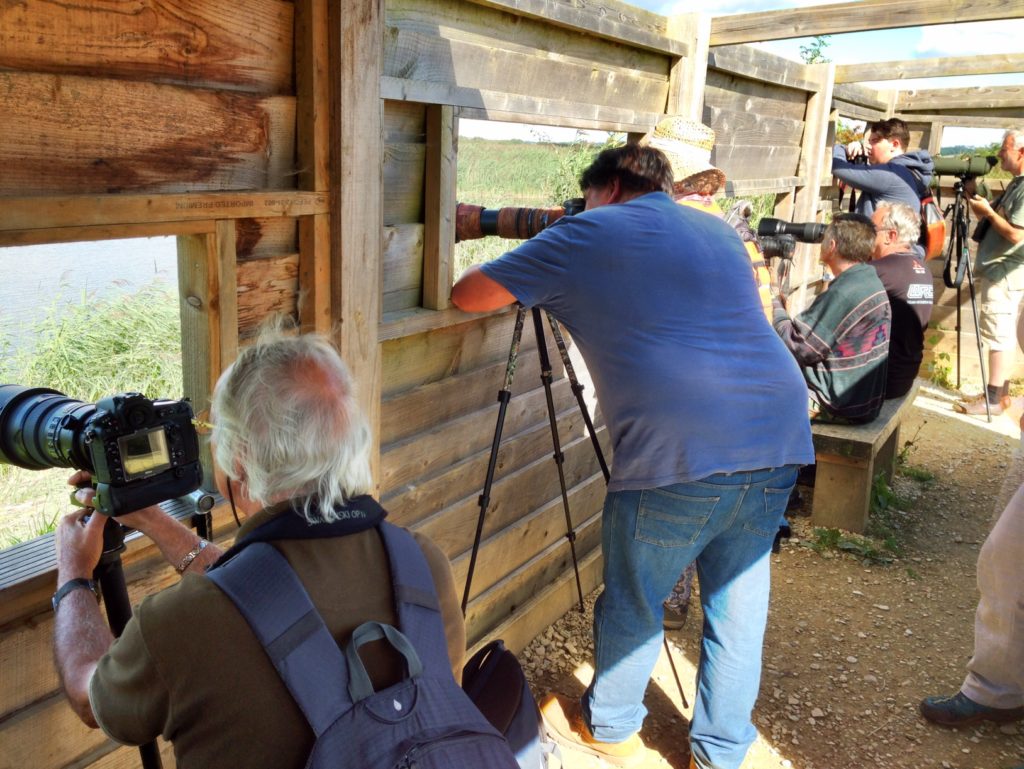
Photo: Paul Jepson
My sixth type is trophy-hunting. This may be a variant of the last type but the motivation here is to taking impressive photos of iconic species and their behaviours: a regal golden eagle, diving kingfisher or lekking capercaillie. Pay-to-use nature photography hides for ‘classic’ species are popping up all over the country. They are carefully located for backdrop and often baited to attract the target species. There is probably something of the trophy-hunter in every bird photographer. Indeed when an iconic rarity such as a red-flanked bluetail turns up, bird-photographers appear in force.
My seventh and final type is perhaps the most intriguing. In January 2013, I approached three guys dressed in camouflage gear photographing a rare Lesser Yellowlegs with top of the range photography kit. When I asked what they did with their photos the response was “Nothing. When a memory card is full we just buy another”. I have discussed this type of bird-photography with many other photographers whose simple and consistent response is ‘it’s the hunting instinct’. These are photo-hunters, men who find satisfaction tracking down their quarry and getting the shot.
Digitally enhanced bird watching
As I have come to know bird-photographers, I have come to realize bird-photography in its various guises enhances bird watching.
Marsh Lane nature reserve in the West Midlands is the focus for an active community of local patch photo-bird watchers. One of their company explained how bird photography had transformed their birdwatching. The area has a stable avifauna so conventional birdwatching visits quickly became humdrum and rarely produced anything new to talk about. In contrast bird photography holds the promise that every visit could result in a better photo of a familiar species leading to a sense of achievement and something to share and discuss with others.
This spring I chatted with a ‘serious’ twitcher and photographer who had twitched the mega-rare black-billed cuckoo on North Uist. He told me how his camera deepened and extended his engagement with a rare bird. To get a good photo he needed to tune into how it was feeding and moving in the habitat so he could predict where it would appear. This requires a different level of skill to simply getting good views through binoculars or a telescope, which is what I do. Birding is akin to stalking but photo-birding seems to require the aptitudes of the angler.
Photography is central to the design and development of social media and Web 2.0. Blogs, facebook and photo-sharing platforms such as flickr are integral to the pastime. They create repositories to share, discuss and show-off photos and sightings thereby building friendship groups and community and broadening the appeal of bird watching. Blogs, in particular, also create connections between bird-photographers and birders. Birding being older is better organised and there are well-established county and site blogs reporting recent sightings. Many bird photographers contribute their photos adding significantly to the visual appeal of these blogs.
The big lens as an asset
In 2014 I took a day-trip to the Farne Isles to experience the fabulous seabird colonies with my family. On our boat were four French bird-photographers with expensive 600mm Cannon lens. I asked the warden about his experiences of the rise of bird photography and he recounted a day the previous summer when a 100 photographers got off a single boat, remarking ‘I saw a million pounds worth of photography equipment land on the island!”
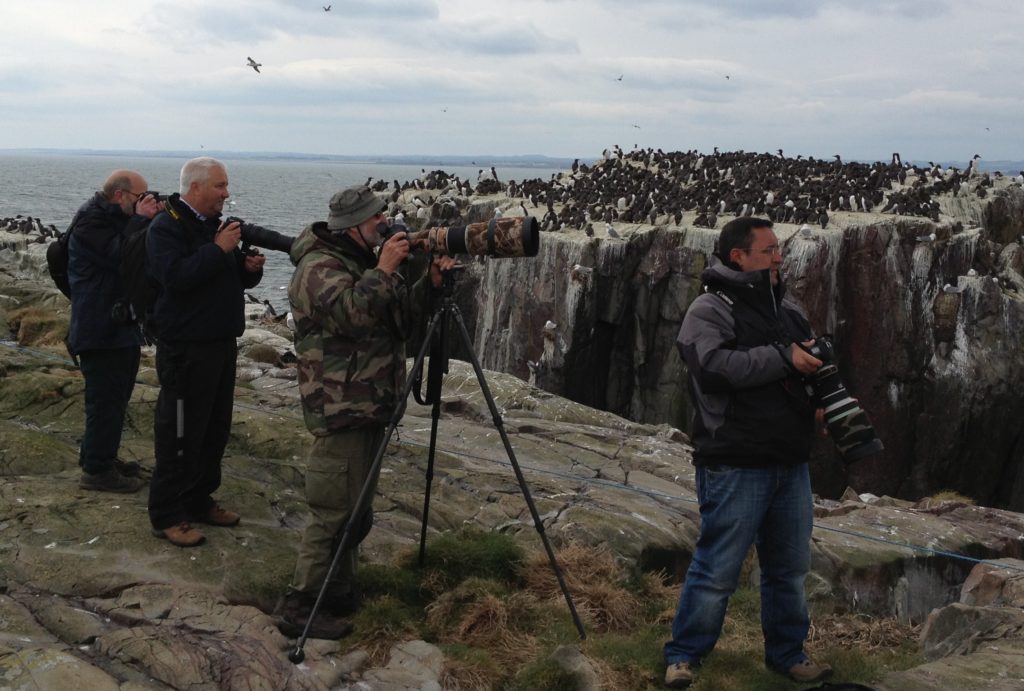
Photo: Paul Jepson
In the south of England a popular set up among bird-photographers costs £11,000 new: 600 mm lens (£8500), camera body (£1500 upwards) and tripod (£450). The bird photographers I meet are not high rollers: most are regular people doing regular jobs. My academic salary is not bad but I can’t imagine investing that amount in my hobby.
One late summer evening – a quiet time for birds – I met a professional landscape photographer for whom bird photography was a hobby. He was good enough to talk through how this costly equipment was seemingly affordable to regular Brits. His analysis was a good one.
Many highly paid professionals seeking a retirement hobby are attracted to the idea of bird photography and buy new. They quickly find that getting a photo requires much more than the equipment. Realising this, they enrol on bird-photography courses but many still loose heart and sell or trade in their equipment. As a result there is a regular supply of second-hand wildlife lenses and, like high-end cars initial depreciation is substantial. A one-owner 600 mm lens can be bought for £5K.
Unlike camera bodies, where significantly better new models appear each year, lens technology is mature. New models of these lenses appear infrequently and improvements are small. As a result, once second hand these lenses hold their value. If looked after they can be sold for not too much less than their purchase price.
Many people told me that they had bought their lens from a redundancy settlement, pension lump sum, or small inheritance. In this era of near zero interest rates it makes sense to invest in an asset that generates life quality returns.
Looking ahead
I am convinced that the number of bird photographers is rising steadily and will continue to do so. During the mid-19th century natural history reached craze proportions with an estimated 120,000 participants. This was when our population was around 22 million – a third of what it is now. Based on my conversations, bird photography is combining photography with old cultural practices of collection and hunting, with newer practices of birding and the affordances of digital technologies. As such it appeals to a wide range of nature-minded people. Given that an entry-point bridge camera retails for just £350 bird-photography seems set to become a major recreational pastime.
This is presenting new challenges and opportunities for the birdwatching fraternity, the managers of nature reserves, the out-door recreation industry and for the science of ornithology and nature conservation.
Over the decades birders have developed a strong voluntary code of conduct to govern their behaviour, particularly in relation to disturbing birds, keeping secret the location of rare breeding, birds and respecting the rights and privacy of landowners. New entrant bird-photographers are unaware of these informal rules and understandably want to get close for a shot. This is leading to some ill feeling that will hopefully work itself out as the relationship between birders and bird photographers matures.
More tangibly reserve managers will need to re-think and redesign their visitor infrastructure, and in particular their trail systems and hides, in response to the rise of photo-birding. The conventional bird-hide is designed and located for long distance viewing using telescopes. Bird photographers need hides that are closer to the birds and with a lower angle of view.
Bird-photographers seem more willing than birders to spend on their hobby. Their increasing number represents an opportunity for the photography and leisure business but also for conservation organisations who desperately need to find new sources of revenue to finance the management of their reserves. Few UK bird reserves have an entry fee and no one would pay to use a bird-hide. In contrast bird photographers will happily pay good money to spend a day in a photo-hide that promises a special shot.
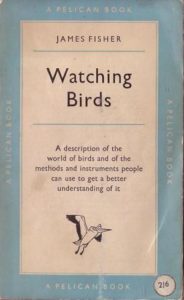 One dimension that seems missing from bird photography is the link with science. The first popular book on watching birds, authored by James Fisher in 1940, presented bird-watching as a purposeful scientific pastime and for decades teachers conveyed this ethos to any pupil showing an interest in birds. Organisations, such as the British Trust for Ornithology (est. 1932), mobilised birdwatchers to submit their observations and have built up large datasets leading to the publication of landmark bird atlases and supporting sophisticated modelling of the relationship between environmental change and bird populations. The birder generation fanned out across the world in search of new species, but also fed their observations back to BirdLife International who used their knowledge to assess the extinction risk of all bird species; a feat that contributed enormously to the effectiveness of international conservation policy. Bird photographers can and do submit their observations, but as yet little thought has been given to the scientific use and value of ‘digital bird specimens’.
One dimension that seems missing from bird photography is the link with science. The first popular book on watching birds, authored by James Fisher in 1940, presented bird-watching as a purposeful scientific pastime and for decades teachers conveyed this ethos to any pupil showing an interest in birds. Organisations, such as the British Trust for Ornithology (est. 1932), mobilised birdwatchers to submit their observations and have built up large datasets leading to the publication of landmark bird atlases and supporting sophisticated modelling of the relationship between environmental change and bird populations. The birder generation fanned out across the world in search of new species, but also fed their observations back to BirdLife International who used their knowledge to assess the extinction risk of all bird species; a feat that contributed enormously to the effectiveness of international conservation policy. Bird photographers can and do submit their observations, but as yet little thought has been given to the scientific use and value of ‘digital bird specimens’.
Science apart, bird photography is broadening public engagement with birds. An established pastime is becoming refreshed and refashioned. This has to be a good thing. New bird watching practices, icons, ‘meccas’, and networks are taking form and with this a new case for protecting and restoring our bird populations should surely emerge.
Please add your comments and perspectives on th rise of bird photography
Paul Jepson, Oxford Sept 2016
Thanks to Steve for many conversations on this topic and to all the bird photographers who talked with me about their hobby.

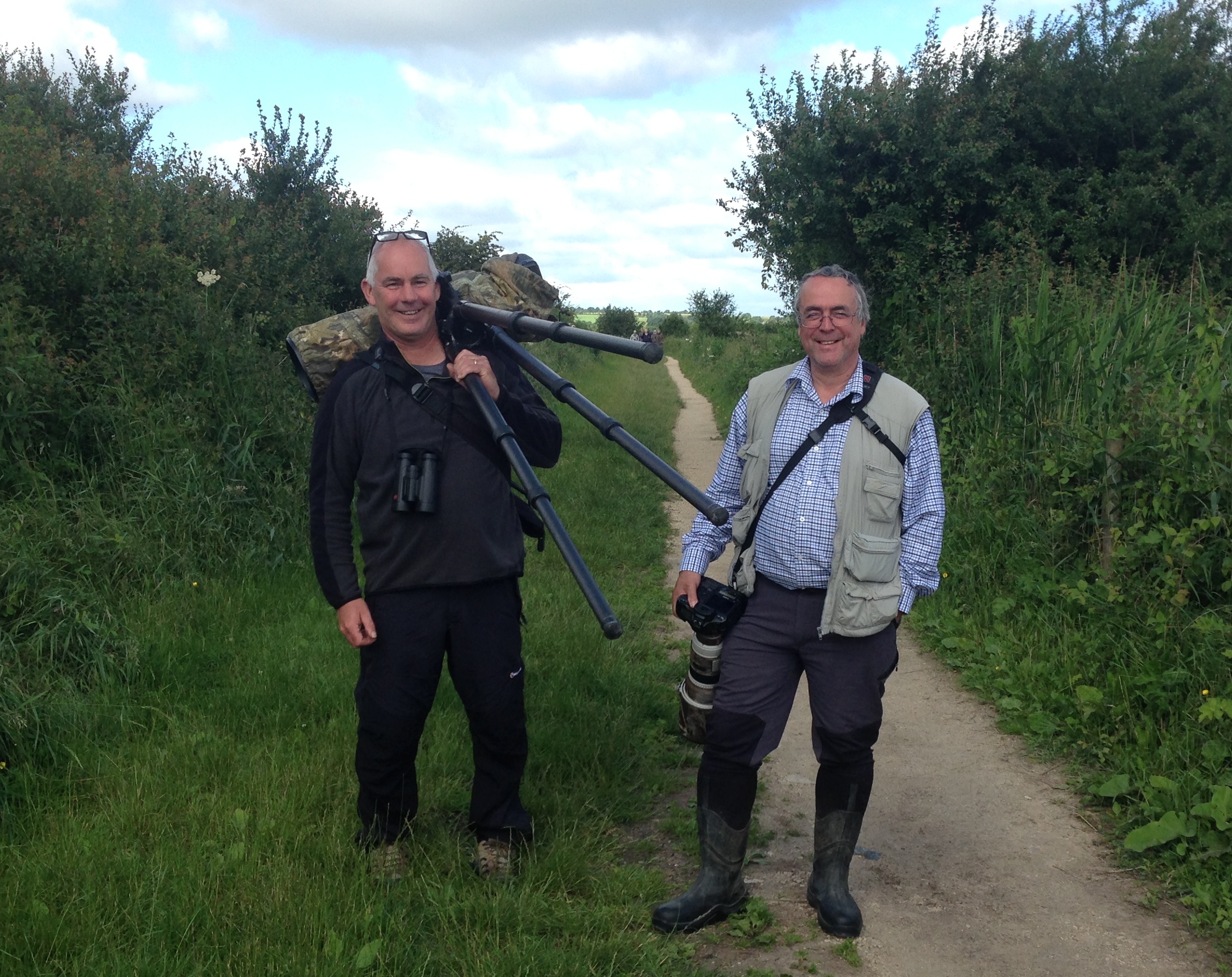
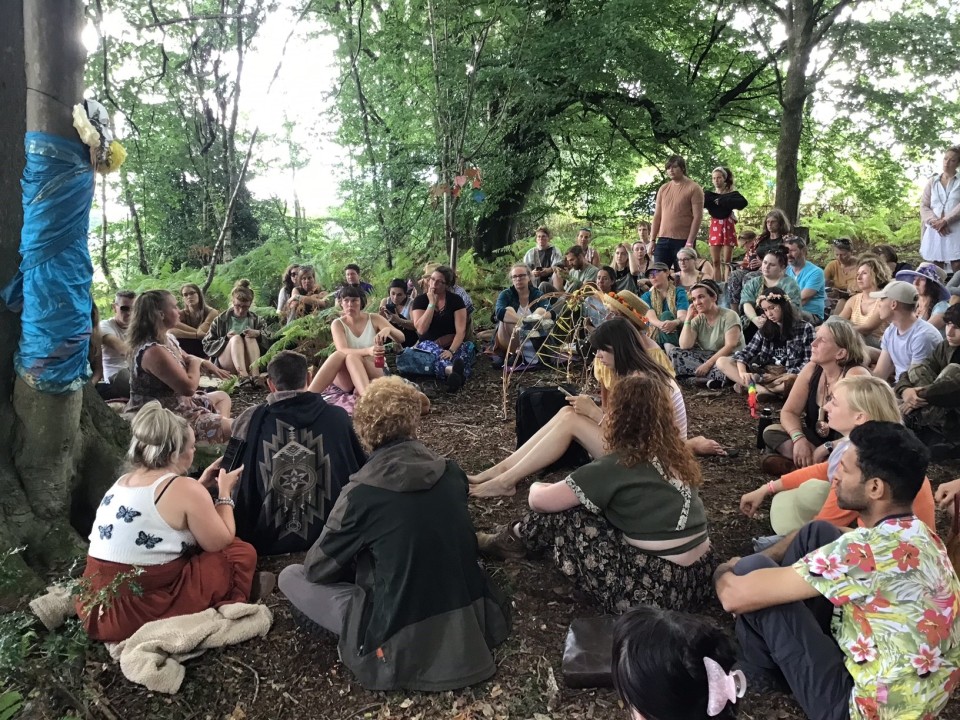
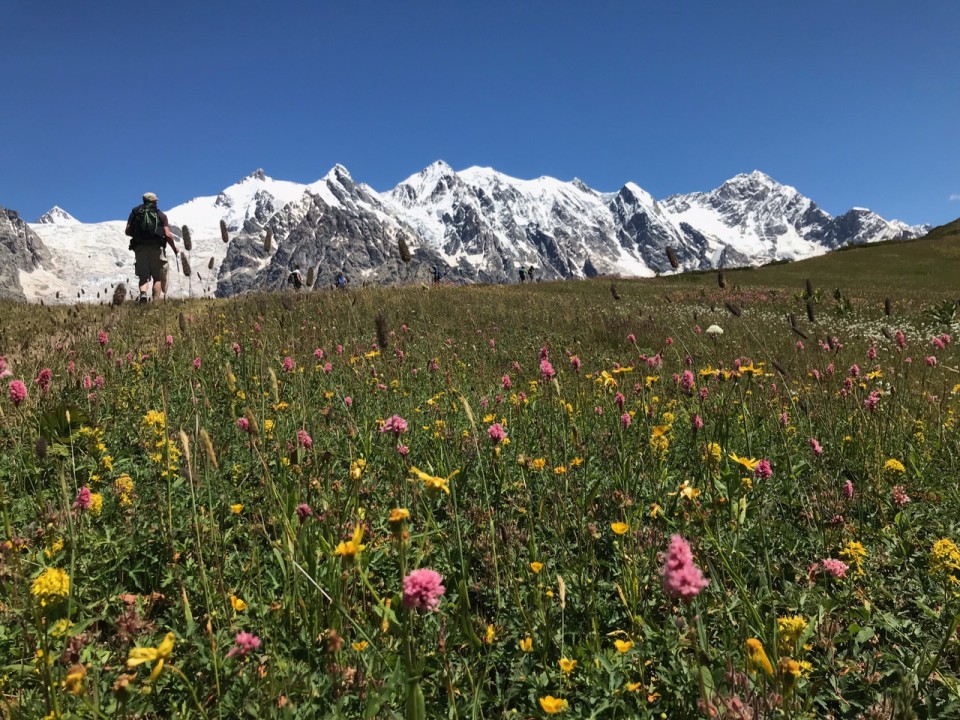
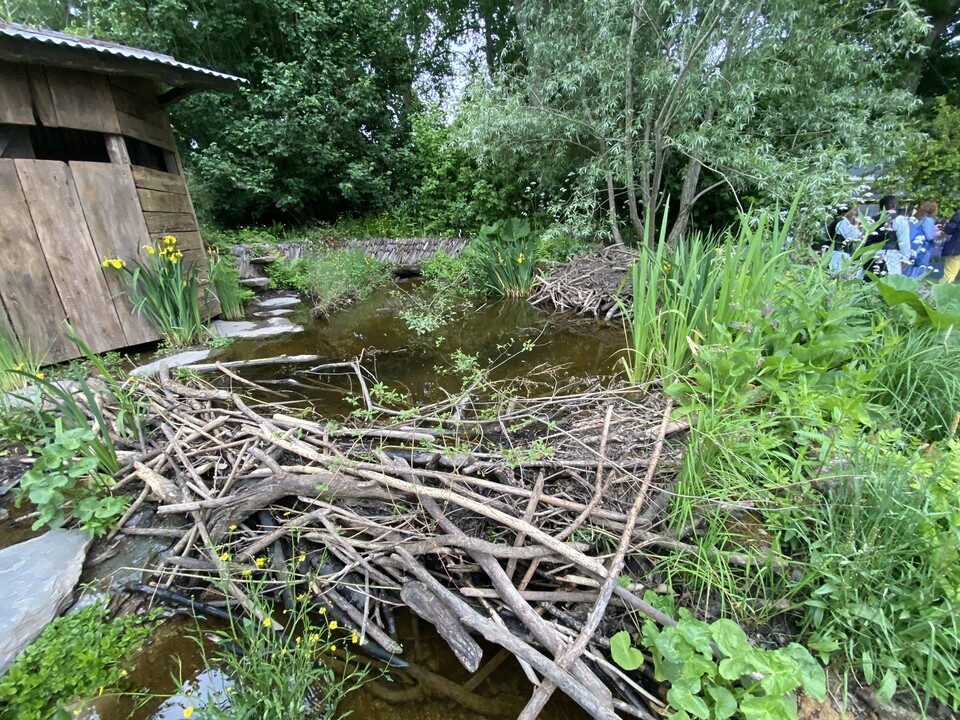
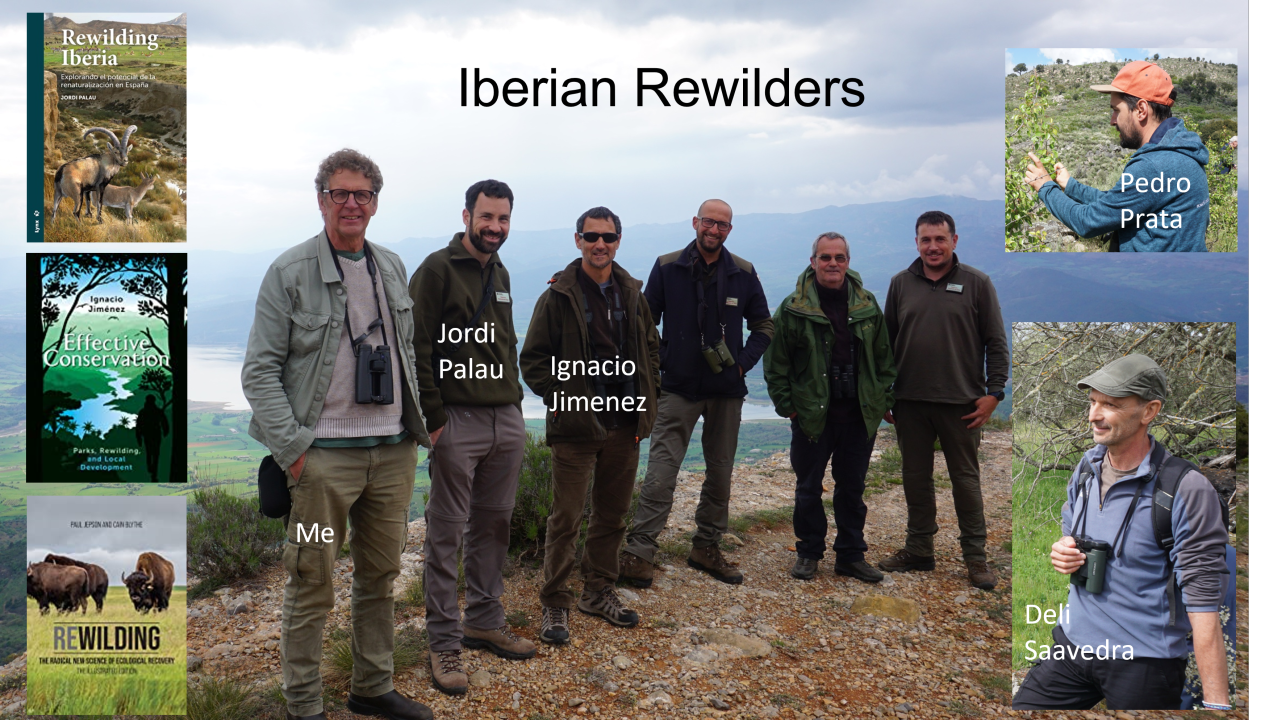
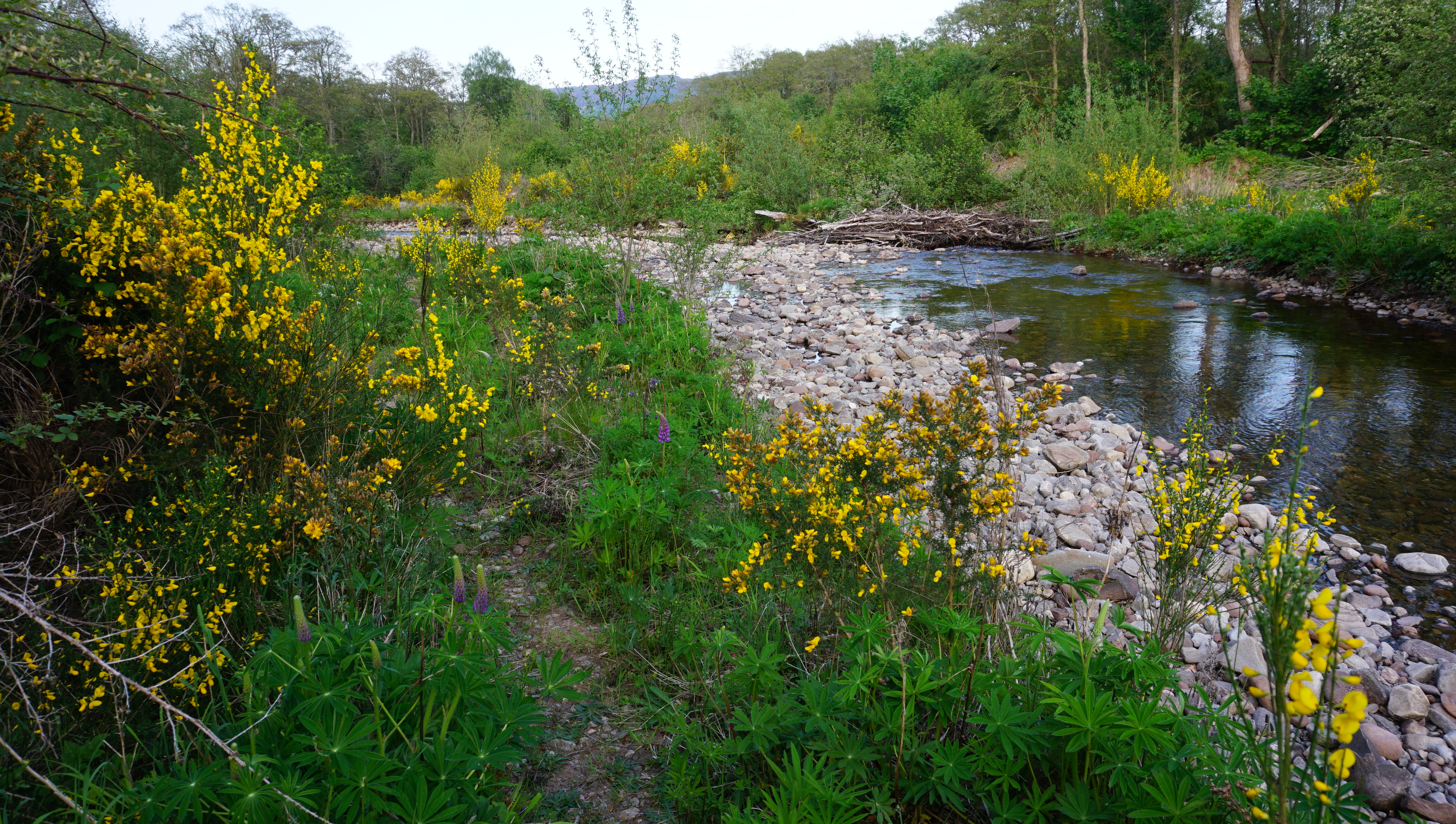
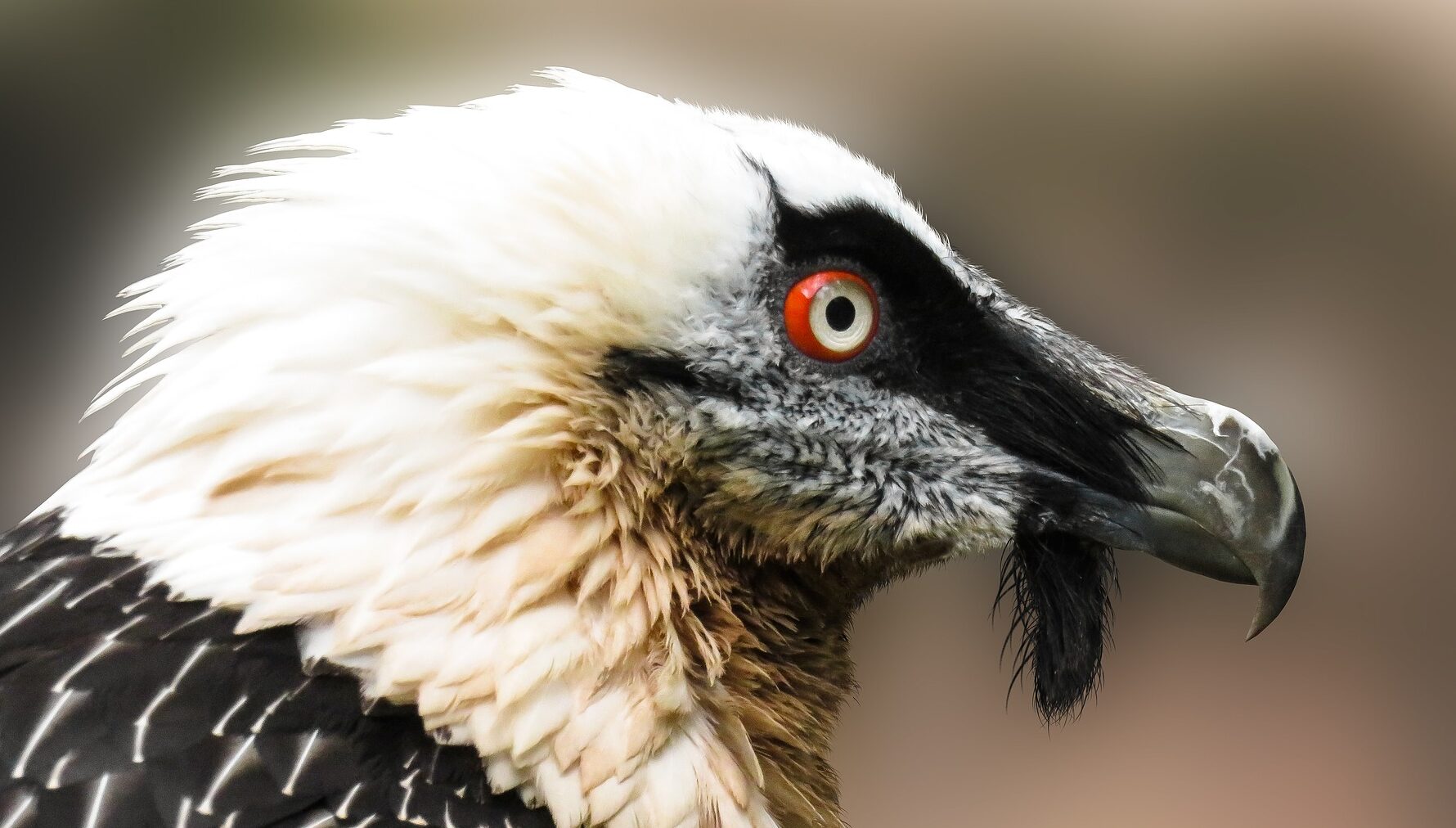
Interesting read, Paul. I just want to add my observation on the growing trend of birding in Bangladesh. The number of bird watchers (mostly, bird photographers) is increasing sharply in Bangladesh, and recently there has been a growing concern about nurturing the voluntary code of conduct (say, acknowledging breeding season or nesting habitat) among birders. In pursuit of taking an exquisite shot, several rare migratory birds of conservation interest (e.g. Indian skimmer & Spoon-billed sandpiper) are the victim here, according to experienced birders.
Thanks,
Badhon
Thanks for an interesting and thought-provoking article.
One application of digital photography is to enhance responses in public consultations on sites of ecological value. Standardised text objections are sometimes lumped together as a single objection and even when they are not they can be pretty dull when they all say much the same thing. In contrast a captioned photo of a species or an aspect of a site is unique to the photographer and conveys the value of the species/aspect is a powerful way that is both effective and probably also a lot more interesting if you’re recipient of the objection.
I used this technique to encourage photographers, many of whom did not grow up with the tradition of making notes and submitting records – or even thinking about conservation – to participate actively in conservation of a wetland in Hong Kong a few years ago. Social media now makes this even more effective as a photo posted as an objection on a Facebook page can serve to demonstrate concern, deepen the reach of the campaign through the network of the photographer – and provide a new audience for a photo (which almost every photographer secretly desires!)
While I do not have first hand evidence of the impact of the photos in the eventual success of the campaign, which accompanied more traditional approaches, I do know that it encouraged photographers to participate for the first time in conservation of a site they valued.
Mike Kilburn
Hong Kong Bird Watching Society
A very thoughtful and fine article on a subject that has not received much thoughtful attention.
A propos of your second to last paragraph, you might be interested to see the website of Singapore’s Bird Ecology Study Group, which has encouraged the symbiosis between bird photography and “the study of birds and their links with all aspects of the natural environment”. Th e link is here: http://www.besgroup.org/
Thanks for structuring up the photo branch of birding, much needed and very interesting.